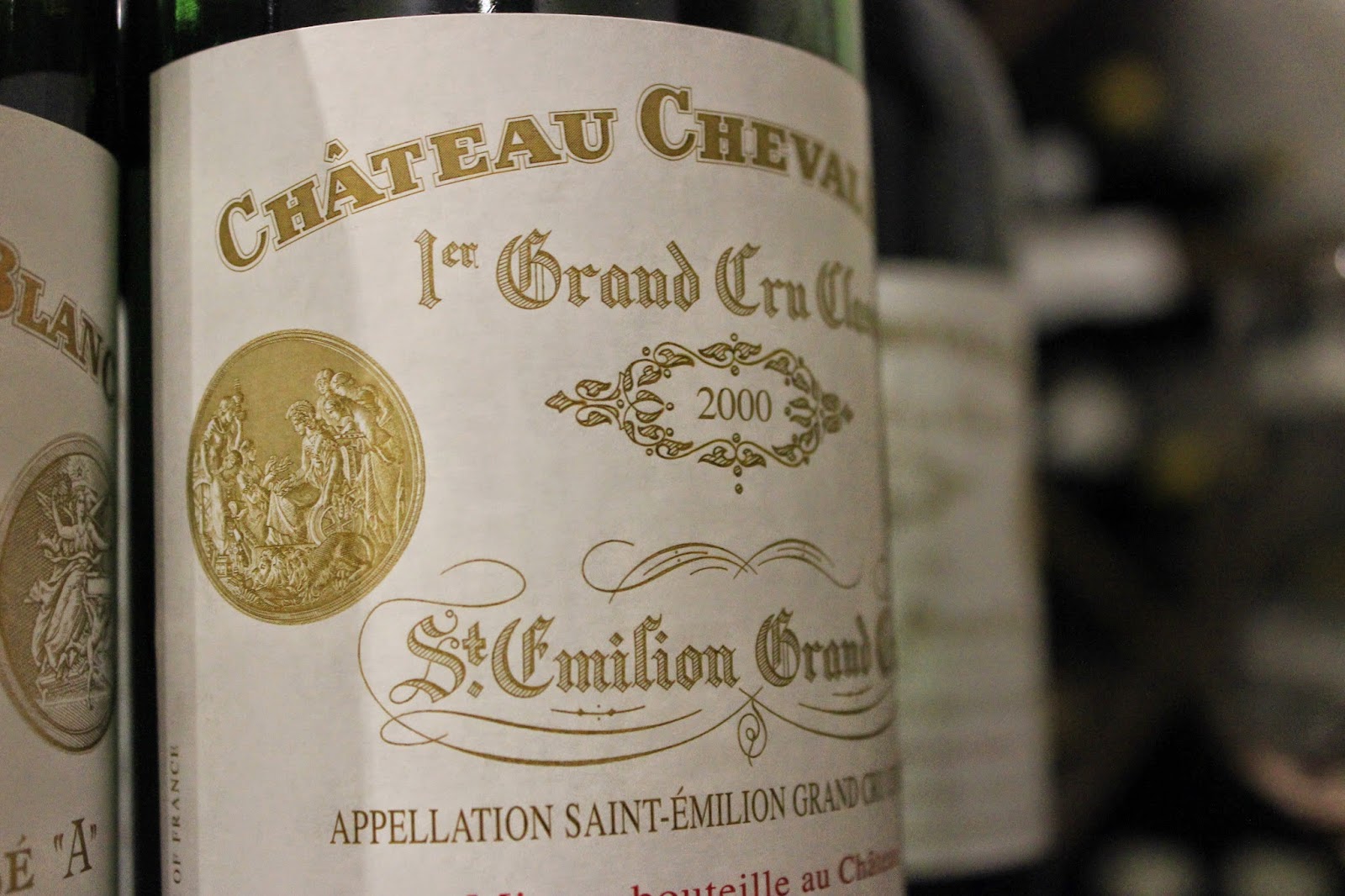Walking through some Grenache vines in Châteauneuf –du-Pape at the end of
September 2013 was glorious.
It was a
bright, sunny and rather balmy afternoon, unusually so at that time of year
even for the Southern Rhône.
As I looked
at the vines, sparsely dotted with the odd bunch, most of them grapillons (the
second flush of grapes that are left on the vine after vintage because they never
ripen and are not used to make wine,) I imagined how glorious the crop would
have looked and how gratifying harvest must have been.
So it was to my great surprise later that
evening to learn that picking had not even started yet.
Nearly a year on, I travelled out( this week)
to taste the results.
Uneven weather before and during the 2013 flowering period resulted in the
dropping of embryonic bunches, followed by aborted flowering of those that
remained. Grenache was the most severely affected variety in the South and
given that this makes up 70% of the typical Châteauneuf blend, was something of
a catastrophe for growers.
A drop of 30
to 50% compared to a usual harvest was reported across the region, for many
producers it was the smallest crop they had ever seen.
In the North, depending on the vineyard and
individual terroir, Syrah was worse affected than it was further south and
there were also tiny yields for Viognier, Marsanne and Roussanne. Furthermore a
very uneven wet and cold summer meant it was a late vintage, the latest in
thirty years of wine producing for one particular Hermitage vigneron.
However the small crop was very much a silver lining, particularly in the
North. What grapes there were ripened well in the sunny, dry, end of September
/ early October conditions and good acidity levels were maintained.
Broadly speaking in the North this is a 2012 plus plus vintage. 2013 has a similar
profile to ’12 but with more ripeness and concentration, whilst retaining an
agile, refreshing quality. I tasted some juicy, classical, luscious Cornas and
Hermitages but even better were the Côte Rôties, where growers generally recorded
half a crop but were offered more than double the recompense by nature in terms
of quality.
This is a great Côte Rôtie
vintage.
The whites in 2013 are great,
too, the Condrieus were some of the best I had ever tasted. They offered ripe, fruity
flavours without the heaviness sometimes associated with these wines and
displayed mineral, linear finishes.
In the south the wines were uncommonly refreshing and relatively low in
alcohol
(13.5 to 14 % rather than 15 to
15.5%)
However they could not trump the
exquisite 2012s - I re-tasted many of these in Châteauneuf – my initial opinion
of them last year was more than confirmed.
2012 is one of the very great Châteauneuf-du-Pape vintages with a
refinement and subtle beauty that was largely missed or under-appreciated upon
release. Snap them up while you can.
Coming back to 2013: It was an extreme, marginal vintage that will certainly
be variable in quality amongst less quality-conscious growers.
There was a fine line between good and
bad.
However at the region’s
quality-minded estates, on the right side of the line, the quality can be utterly
brilliant.

















.jpg)




